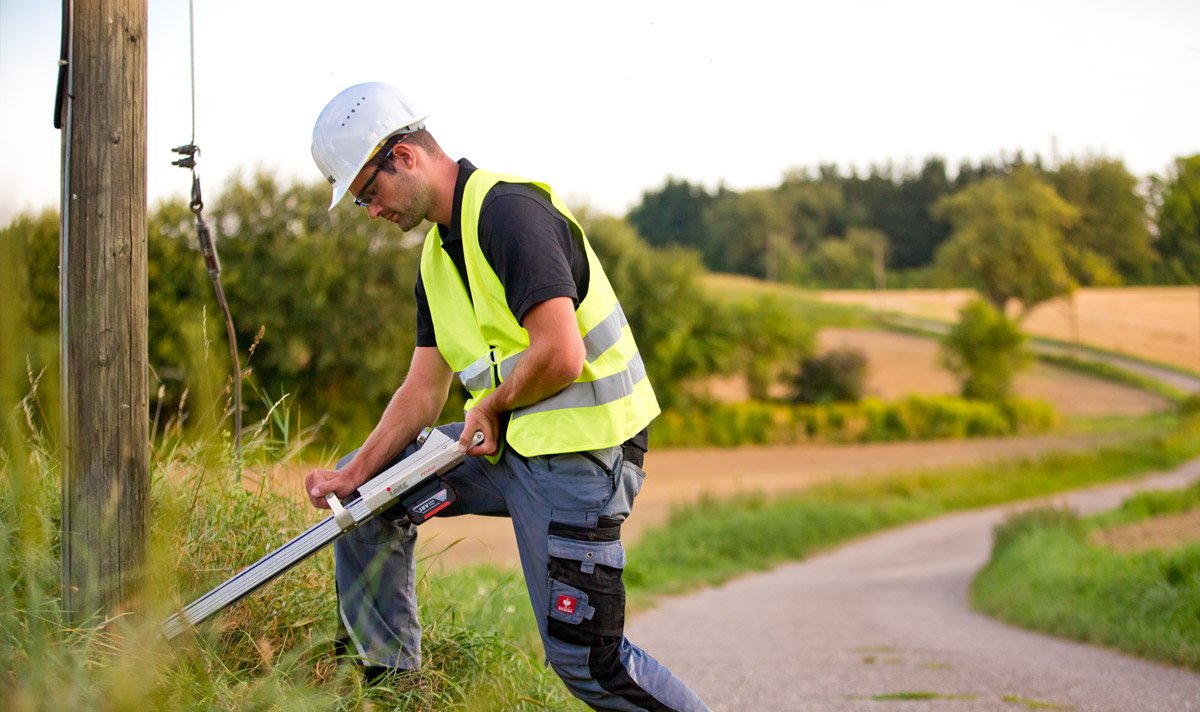Utility Wood Pole Inspection Services
Utility wood poles are essential to electrical distribution systems, providing support and stability to overhead power lines. Regular inspection and maintenance of these poles are crucial to ensure their structural integrity, identify potential hazards, and prevent outages or accidents. This article will delve into the significance of pole inspection services and explore how they contribute to the reliability and safety of any electrical infrastructure.
Understanding the Significance of Pole Inspections:
Utility wood pole inspections are comprehensive assessments conducted to evaluate the poles’ condition, strength, and reliability. These inspections involve visual examinations, testing, and analysis of critical components such as the pole itself, hardware, ground line conditions, and any signs of deterioration or damage. The primary objective is to identify any structural weaknesses or potential risks that could compromise the integrity of the pole. By investing in regular inspection, utility companies can proactively address maintenance needs, minimize the risk of pole failures, and ensure the uninterrupted delivery of electricity to consumers.
The Role of Qualified Inspection Teams:
These inspections require the expertise of qualified professionals trained in assessing the structural condition of utility wood poles. These inspection teams consist of engineers, technicians, and field experts with the necessary knowledge and experience to conduct thorough evaluations. During inspections, these teams follow established protocols and industry standards to identify common issues such as decay, termite infestation, cracks, splitting, or signs of severe weather damage. They utilize specialized equipment, including pole climbers, drones, and non-destructive testing devices, to examine the poles and gather accurate data for analysis.
Non-Destructive Testing Techniques:
Non-destructive testing techniques are employed to assess the internal condition of utility wood poles without causing damage. These methods provide valuable insights into the structural integrity of the poles and help identify hidden defects that may not be apparent during visual inspections alone. One commonly used non-destructive testing technique is ground penetrating radar (GPR). GPR uses electromagnetic waves to penetrate the wood pole and produce high-resolution images of the pole’s internal structure.
Assessing Environmental Factors:
Utility wood poles are exposed to various environmental factors that can contribute to their deterioration over time. During inspections, it is crucial to assess the impact of these environmental factors. Moisture intrusion, for example, can lead to wood decay and compromise the pole’s strength. Inspectors evaluate the ground line condition and determine if remedial measures such as treating the pole base with preservatives are necessary to protect against decay-causing organisms. Regular inspections also allow for identifying poles in areas prone to high winds, excessive moisture, or other harsh environmental conditions.
Data Analysis and Maintenance Planning:
This process generates a wealth of data that needs to be effectively analyzed and utilized for maintenance planning. Traditionally, this data was manually recorded, making analysis and decision-making time-consuming. However, with technological advancements, digital data collection and analysis have streamlined the pole inspection process. Data analysis tools and software can process large volumes of inspection data, identify patterns, and generate reports highlighting poles requiring immediate attention or long-term maintenance plans. By leveraging this data, utility companies can prioritize maintenance activities, allocate resources efficiently, and implement a proactive approach to pole management.
Conclusion:
Utility wood pole inspection services are vital for maintaining a robust and reliable electrical infrastructure. Utility companies can proactively address pole issues and mitigate risks by conducting regular inspections, utilizing qualified inspection teams, employing non-destructive testing techniques, assessing environmental factors, and leveraging data analysis. Investing in these services is a proactive approach that safeguards the integrity of utility wood poles, reduces outage risks, and ensures the continuous delivery of electricity to consumers.

Shahid Maqsood, an MBA and Master in Mass Communications, is a seasoned writer with over a decade of experience. Specializing in news and celebrity coverage, he brings a unique perspective from his love for hunting and camping. His work spans multiple platforms like dosttrusty.com and newsbreak.com,Quellpress.com , airriflehunting, and bruitly.com showcasing his versatility and depth. Shahid’s insightful articles reflect his expertise, authoritativeness, and trustworthiness, making him a respected and reliable voice in digital content creation. His contributions engage and inform readers, embodying professionalism and passion in every piece.







